At this point, the new 600kg classification had not been brought into law, and it wasn’t clear when – or even if – that might happen. But, knowing that it would take several months for the aircraft to be built and delivered, Mike decided to take the risk.
When the Stream was delivered by lorry to Mike in summer 2021, there was almost a party atmosphere. The BMAA representatives attended and helped one of the TL-Sting (UK) Ltd team fit the wings, with several pilots from the airfield forming an audience.
Soon after delivery, the 600kg classification became law. However, Mike couldn’t fly his Stream just yet though. As a new supplier of factory-built aircraft to the UK market, the first type from TL-Ultralight requires certification from the CAA before it can legally fly.
Knowing that the LAA event at Sywell was coming up a few weeks later, Mike contacted the BMAA to ask its advice on how to get the aircraft to the event. The BMAA suggested that it might be possible to get specific permission for this event through the CAA. But, unfortunately, there wasn’t time for this to be arranged.
Now, over a year later, Mike is still waiting for the CAA to approve the Stream.
Meanwhile, TL-Sting (UK) Ltd has introduced two more factory-built types from TL-Ultralight into the UK. Purchasers of these are also waiting for approvals to be completed. The irony is that, as ‘additional types’, the approvals are being handled by the BMAA. With a little more specialist resource available to the BMAA, it is likely these will be approved before the CAA has completed approval of the Stream.
Why is certification so slow?
Worldwide, there are several thousand aircraft from TL-Ultralight flying with an enviable safety record. There are also many homebuilt versions of the TL-Sting flying in the UK.
So why is the approval process for factory-built Streams taking so long?
Firstly, the CAA has different standards for homebuilt and factory-built aircraft, with the latter being more stringent. The approvals are not connected.
Certification of new types is, unsurprisingly, complicated, and there are different levels of approvals to achieve. Initially, a manufacturer must gain CAA A8-1 approval, which is effectively about quality assurance. Although this is handled by the CAA, in the case of the TL-Ultralight, the BMAA coached TL-Sting (UK) Ltd through the process to help speed up the process.
Only after CAA A8-1 approval is achieved can the process of aeroplane type approval be started. As described above, the initial type approval is handled by the CAA, while additional types are handled by the BMAA or LAA.


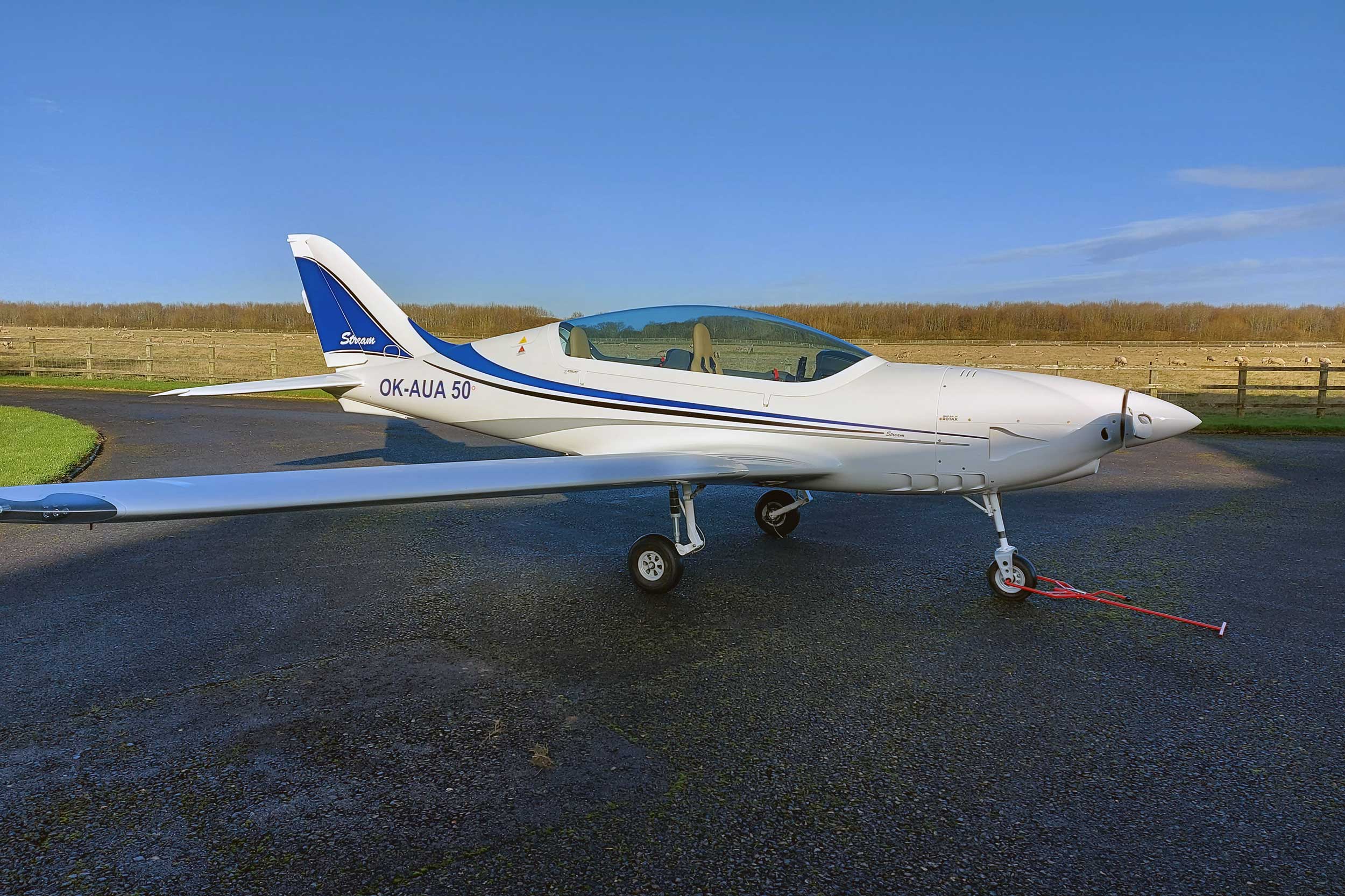

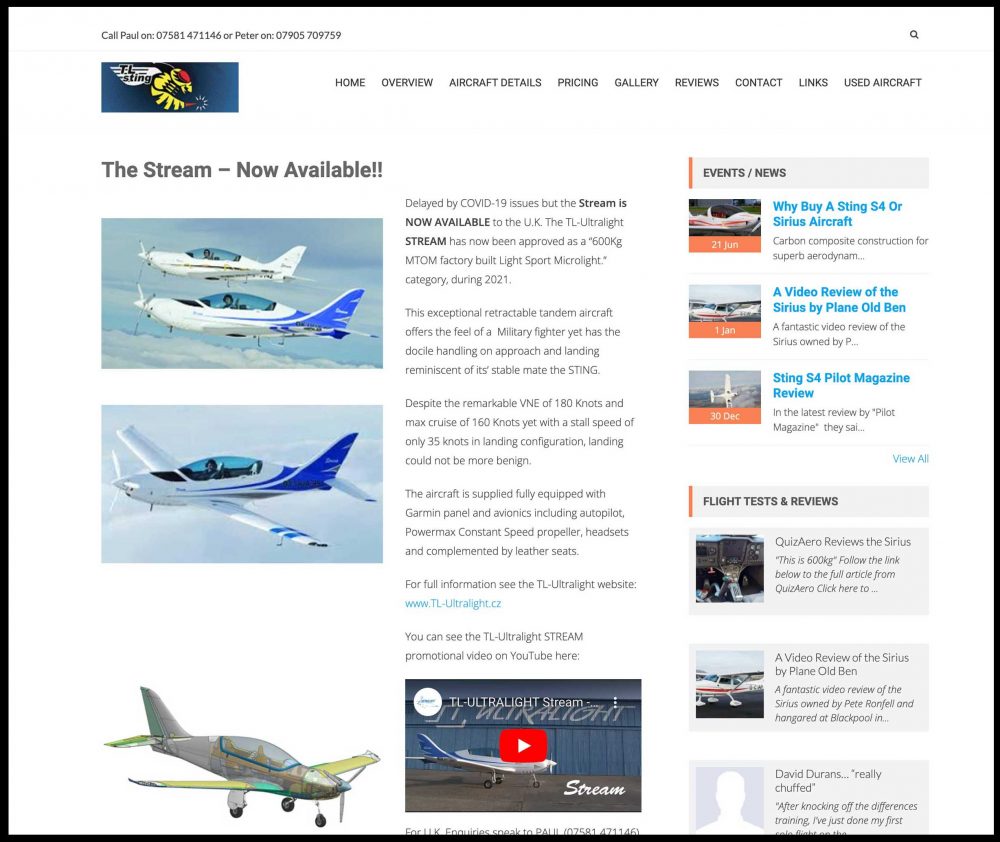
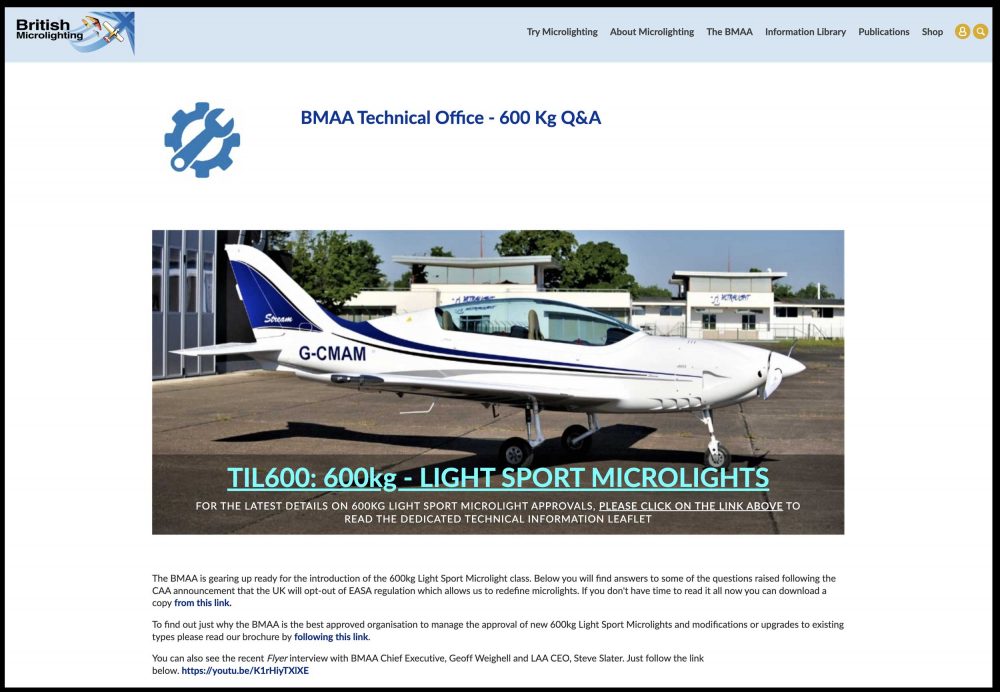
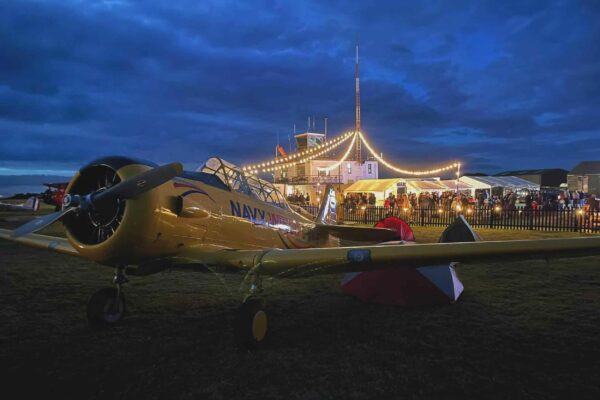



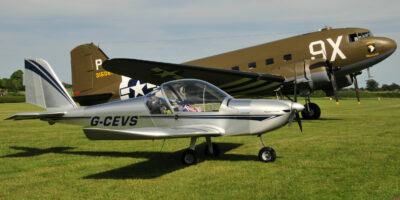
1 comment
The CAA originally indicated to European manufacturers of new category 600kg microlights a less onerous regime for acceptance.